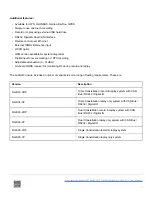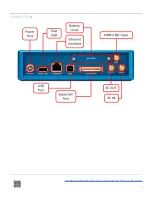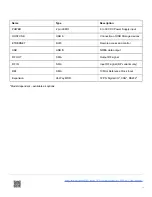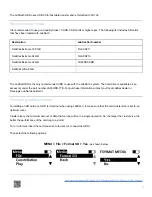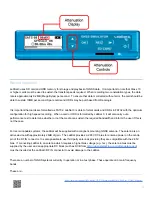
A full format will then be run on the inserted media, followed by a media speed test.
The media speed test is an indication if the inserted media is fast enough to be used with the LabSat 3.
If the speed test does not bring up any warnings, this means that the cards read and write speed should be fast enough
for use with the LabSat 3. Note, this is not a guarantee that recording a large amount of data will be successful, as the
speed test cannot check if the card is fragmented and has other files stored on it.
We would recommend that before recording a scenario, all other files are removed from the media and a format is
carried out, to ensure the card is at it's optimum for use with the LabSat 3, and reduce the risk of buffer errors.
If the estimated card performance is too slow, a warning message will show on the LabSat screen. In this case, you
need to use caution when using the product - e.g. If using triple constellation box, you may be able to use the card to
record a single or dual constellation file without any issues, but a triple constellation file may cause buffer errors.
It is also worth noting that faster transfer rates are possible when recording to HDD than to SD card, so do consider this
if recording a long scenario.
https://racelogic.support/03LabSat_GPS_Simulators/LabSat_3/LabSat_3_User_Manual/
13
Summary of Contents for LabSat 3
Page 9: ...LabSat 3 Rear https racelogic support 03LabSat_GPS_Simulators LabSat_3 LabSat_3_User_Manual 9...
Page 42: ...https racelogic support 03LabSat_GPS_Simulators LabSat_3 LabSat_3_User_Manual 42...
Page 55: ...https racelogic support 03LabSat_GPS_Simulators LabSat_3 LabSat_3_User_Manual 55...
Page 57: ...https racelogic support 03LabSat_GPS_Simulators LabSat_3 LabSat_3_User_Manual 57...
Page 61: ...https racelogic support 03LabSat_GPS_Simulators LabSat_3 LabSat_3_User_Manual 61...



